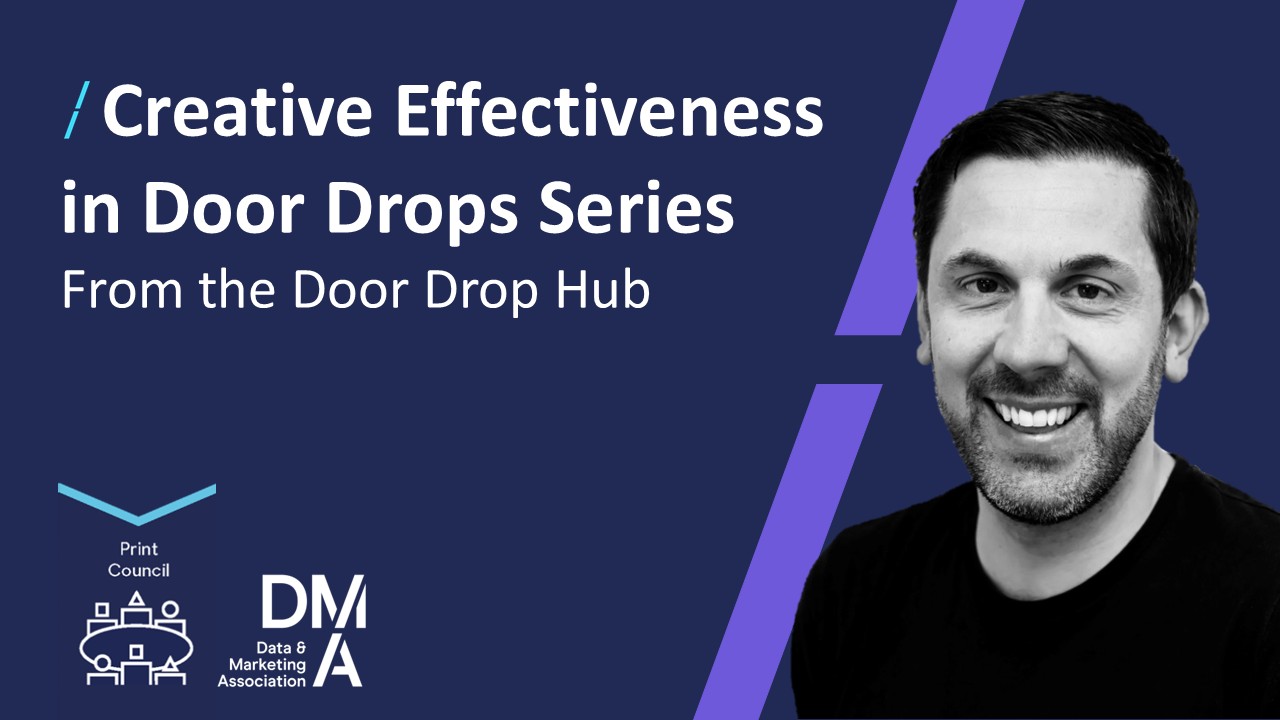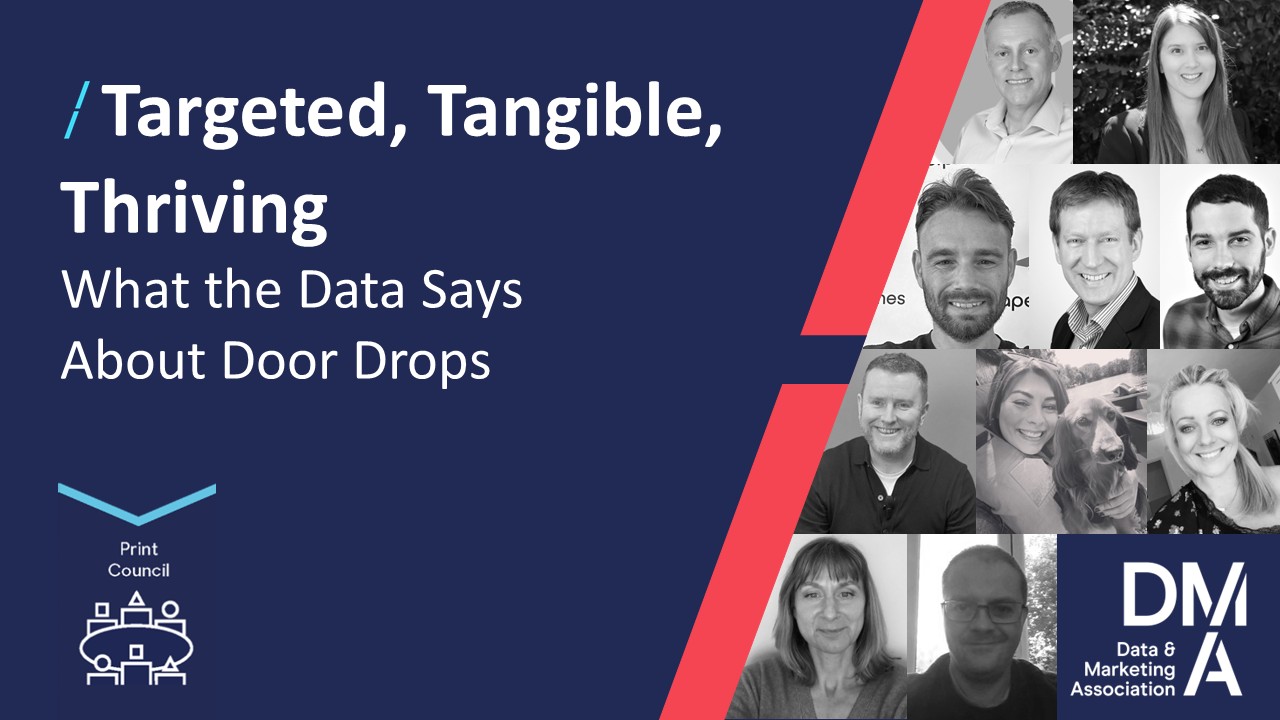Focus on eye tracking
09 May 2012
Eye tracking shows door drop marketers exactly how people look at a piece of advertising and how slight modifications to the creative can increase its effectiveness. By following a reader’s eye movements, eye tracking reveals the way a door drop grabs our immediate attention, bringing marketers closer to those all-important instinctive, pre-rational reactions that inform a customer’s conscious reaction to the piece.
You could ask a customer for their reaction – but what they consciously remember doing and what they actually did may be two very different things.
How eye tracking works
Heat maps provide a pictorial representation of what someone is looking at in those crucial first few seconds. Through new generation headpieces that are lightweight enough to allow natural head movements, or via on-screen tracking, you can track exactly what a customer is really looking at any point in time.
Heat maps (see image below) also show you the share of time devoted to each section of the visual, and which element grabbed their attention first. By comparing different creatives, you can get an idea of how different visuals, or simply different arrangements on the page, can have an impact on the way a customer responds.
![]()
Eye tracking alone can be misleading
Eye tracking is a powerful technique, but as with everything you have to be careful about how you interpret and use your results. A straight heat map could show you that people are spending a lot of time looking at what you’ve got on offer, but that isn’t always good news.
Your readers might be really interested and involved, or they could be having a hard time working out what you’re saying. They may find your imagery compelling or be distracted by it. That’s why most eye tracking is combined with qualitative techniques that dig thoroughly into the results and let the participants talk through their reactions.
How eye tracking works with qualitative research
The Mail Media Centre worked with research agency Eyetracker to look at how people reacted to door drops, using eye tracking and qualitative research. We wanted to understand if there were some rules of thumb that would get you more chance of being noticed whether you’re the local pizza joint or a major supermarket chain. Here’s what we found out.
1) Keep to the Front
Our recipients spent less than half their immediate attention looking at the back of a leaflet, and only 2% looking at the inside of one of the folded ones they received. It’s crucial that you summarise the key points on the front to make sure your customer has a reason to keep on looking. So always consider advertising the ‘inside on the outside’, and the ‘back on the front’
2) Follow the natural line of reading
Your key visual, offer or message should be at the top left of the piece, where the eye is trained naturally to fall. Anything else you definitely want noticed should be directly to the right of that.
3) Keep to the top
With lots to pay attention to and a limited amount of time, a consumer will lose interest in even the most attractive piece. Much less time was spent on the bottom half of any given creative than the top. Items that bucked this trend really had to clamour for their recipients’ attention with big words and bold images
4) Use contrasting colours
We saw even free samples being ignored if they didn’t stand out against the backdrop of the item.
Using the insight from eye tracking and qualitative research can have profound effects on the success of a door drop campaign. Consumers are much more likely to keep hold of something that they like looking at. And, those who keep leaflets and brochures around the home are 27%* more likely to buy something as a result of getting them.
*(TGI/Royal Mail Postscript study, 2011)
Matt Bright, mail media insight manager, Mail Media Centre





Please login to comment.
Comments